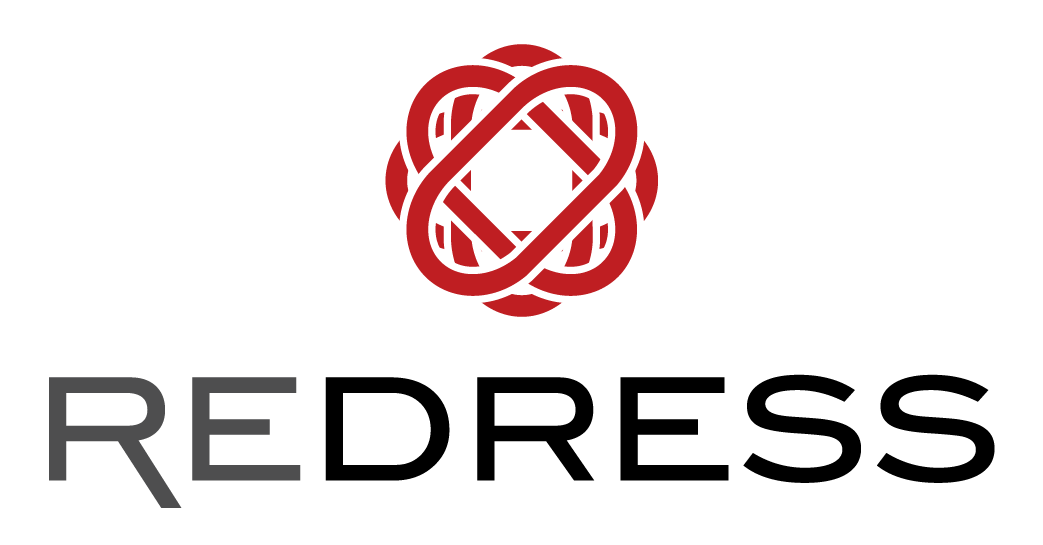Objective
This activity explores the environmental impacts of a garment through material identification. By conducting a care label analysis, students will understand how the complexity of building a garment highly influences its environmental footprint throughout its life. This activity touches on every aspect of circular fashion.
What to prepare
Time
- 30 min for the care label analysis
- 15 min for debriefing
Tools
- Garments with care labels
- A notepad to write down observations
Activity brief
Prior to the activity kick-off, we suggest that your students review the topic ‘CIRCULAR FASHION’.
This activity develops the critical thinking of emerging designers in regards to the circularity potential of products.
- Students break out into groups of three to five.
- Each group is provided with one to three garments.
- Each group will be given 30 minutes to analyse their garments using the information found on the care label by answering the following questions.
- What materials is the garment made of? Are all materials included on the care label? If not, can you identify or guess the composition of the materials that are missing?
- Make sure students have considered both the main materials and also the accessories and trims on the garment.
- What natural resources and manufacturing processes are needed to produce the materials? What are the environmental impacts associated with their production?
- Could this garment be recycled into new fibres or new materials?
- Make sure the students consider if the garment is fit for recyclability: preferably mono-fibre, with a very low elastane content and easy to disassemble
- Where was the garment made? How many locations do you think the garment and its materials visited before it reached the consumer? What could have been the impacts from transportation?
- Make sure the students have considered all stages in the life cycle of the garment (i.e. from farm, to textile mills, to supplier warehouse, to clothing manufacturer, to distributor, to shipping dock, to retail shop).
- What natural resources and products are needed to take care of the garment? How is the garment supposed to be washed and dried? What are the negative environmental impacts associated with this?
Where do you think the garment will end up at the end of its life?
4. Each group will have two to three minutes to present their findings to the class.
Outcome
- A document showing your care label analysis, with answers to all questions above
- Share with the group your reflections and takeaways
